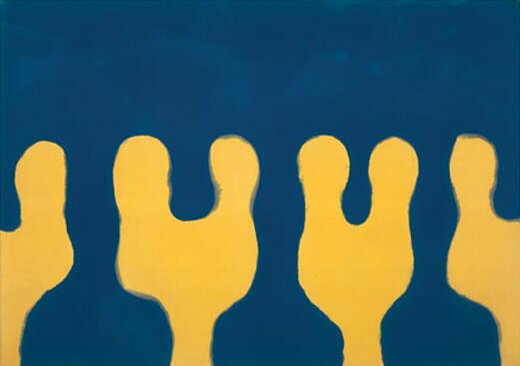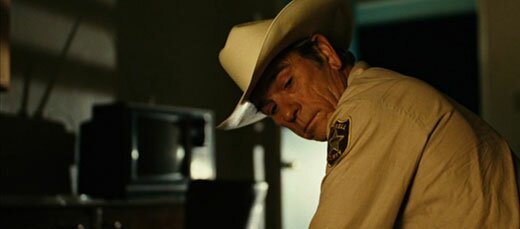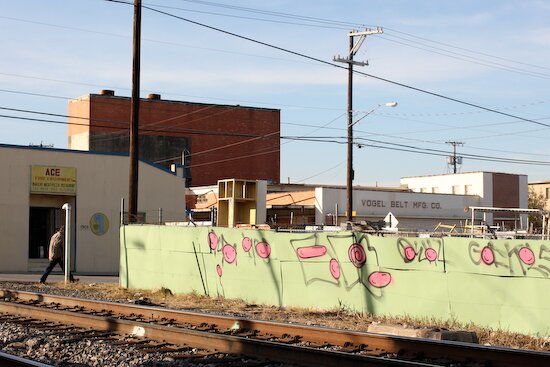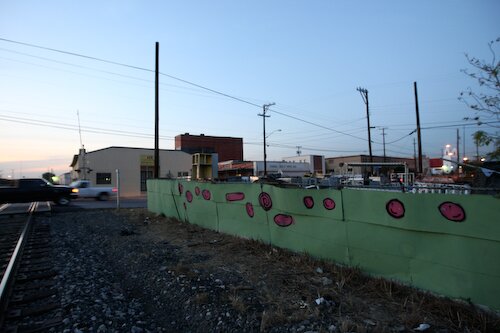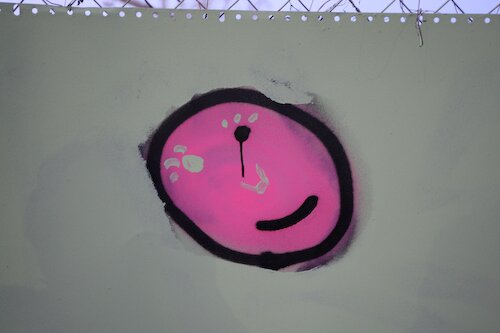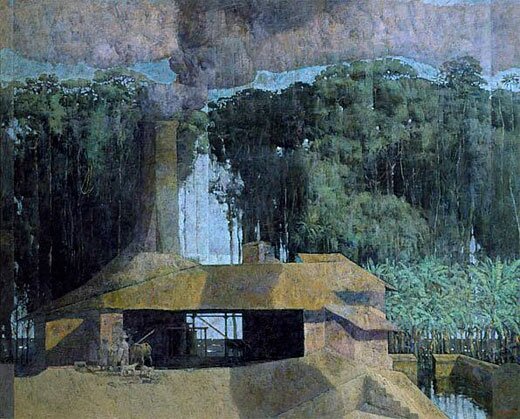I recently picked up Walter Bejamin’s . He’s one of those writers who eloquently expounds some fascinating ideas, but often doesn’t offer much in the way of evidence. In his essay The Task of the Translator, Benjamin asserts that “It is the task of the translator to release in his own language that pure language which is under the spell of another, to liberate the language imprisoned in a work in his re-creation of that work. For the sake of pure language he breaks through decayed barriers of his own language. Luther, Voss, Hölderlin, and George have extended the boundaries of the German language.” Although he points us to examples of what he is talking about, he stops short of explaining what about these authors’ translations illustrates his point (he does, at other points in the essay, talk specifically about Hölderlin’s translation style, but in a way that is abstract enough as to not be really convincing to someone, like myself, who can’t read German).
Because of these concerns I was particularly glad to come across this essay by Seamus Heaney in the Guardian recently (via The Page). Heaney illustrates quite clearly how translations of English poetry (Shakespeare, Tennyson and Longfellow) influenced Japanese verse in the late nineteenth century; and how, a few years later, under the influence of translations of Japanese haiku, Pound and Eliot helped change the way the western world looked at poetry, giving birth to Imagism. Heaney then compares traditional Japanese verse to Old Irish verse, pointing out that the seeds of this “Japanese” vein of writing had also been buried in the western tradition.
But what I’m most interested here, coming back to Benjamin, is the notion that these were translations that Eliot and Pound were reading. Perhaps there is a sense in which the translators of Shakespeare into Japanese or Basho into English deserve more credit for helping to move the target languages in a certain direction than do the poets writing in those languages. Heaney clearly isn’t setting out to prove this point, and he certainly doesn’t demonstrate it, even inadvertently. It could very well be that Benjamin’s notion that the “character” of a particular language is actually shifted by (good) translations from another language is faulty, and that this blending of traditions has more to do with how writers choose to use a language rather than its underlying character. However, I think some of the evidence Heaney introduces about the historical development of poetic traditions could serve to bolster Benjamin’s argument.
The more I think about these ideas, the closer I get to the black hole of linguistics debates (especially when pondering Benjamin’s appeal to “pure language”), so I think I’ll stop here, before I get sucked in.
4 Comments »

